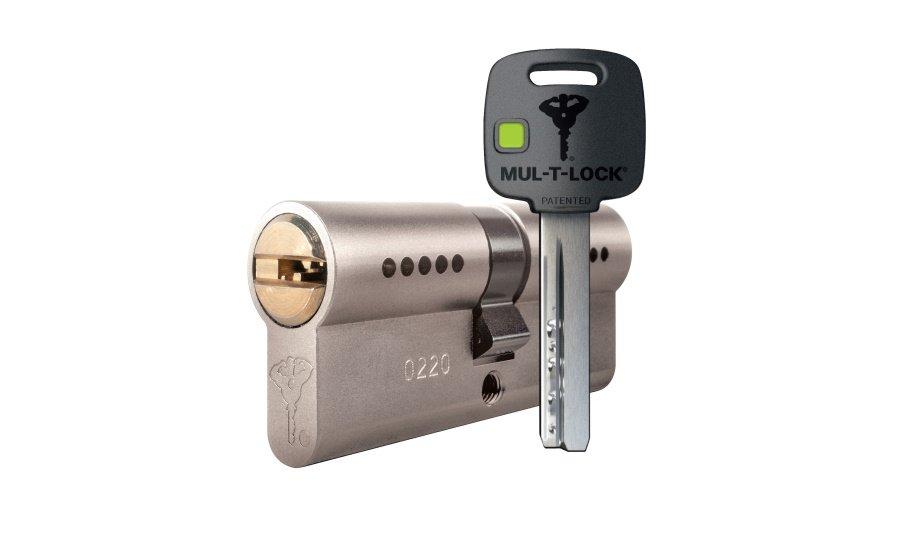Access Control Systems Manufacturers: Elevating Security Equipment with Customized Solutions
Wiki Article
Exploring the Duty of Access Control Solution in Enhancing Safety Equipment Efficiency and Performance
Accessibility control systems are significantly identified as essential components in the landscape of security management, providing an organized strategy to manage accessibility to delicate areas and info. Their ability to integrate with various protection modern technologies, such as security cams and alarm systems, considerably enhances the total performance and effectiveness of safety and security operations.Understanding Accessibility Control Equipment
Gain access to control systems play a vital function in ensuring the protection of numerous atmospheres, from corporate workplaces to sensitive government centers. These systems control that can go into or exit a marked area, consequently shielding possessions and sensitive details. The basic parts of access control systems consist of identification, consent, and authentication processes.Recognition involves validating an individual's identification, generally via credentials such as vital cards, biometric data, or passwords. When identified, authentication validates the individual's right to accessibility, frequently with multi-factor verification techniques to boost security. Permission establishes the level of gain access to approved, permitting for differentiated consents based on duties within the company.
Access control systems can be categorized into two primary kinds: physical and sensible. Physical gain access to control refer to substantial areas, while sensible access control governs digital information systems. Both types work synergistically to give comprehensive safety and security options.
Assimilation With Protection Technologies
The assimilation of accessibility control systems with various other safety and security innovations is vital for creating a holistic security setting. By integrating access control with video security, invasion detection, and alarm, companies can improve their overall protection stance. This interconnected framework permits real-time tracking and quick action to safety incidents, boosting situational understanding and operational performance.For instance, integrating gain access to control with video security allows security workers to verify accessibility events aesthetically, guaranteeing that just licensed people are given access. Likewise, when accessibility control systems are linked to security system, any type of unapproved access efforts can trigger prompt alerts, triggering swift action.
In addition, the integration of gain access to control with cybersecurity actions is increasingly crucial in shielding sensitive data and physical properties. By lining up physical protection protocols with IT safety and security systems, companies can make certain that both digital and physical access points are kept an eye on and regulated effectively.
Benefits of Enhanced Safety And Security Workflow

Additionally, improved security procedures promote real-time surveillance and case action. With incorporated systems that include surveillance cameras, alarms, and accessibility controls, protection teams can swiftly identify and resolve prospective risks. This proactive approach enables timely interventions, lowering the chance of safety breaches and possible losses.
Furthermore, efficient protection procedures contribute to a society of security within the organization. Staff members are likely to really feel more secure when they recognize that robust actions are in place, causing enhanced spirits and efficiency. Furthermore, using data analytics from accessibility control systems enables companies to evaluate protection trends, boost policies, and allot resources successfully.
Considerations and obstacles

In addition, companies must deal with the possibility for information violations. Access control systems typically manage delicate information, and any vulnerabilities might subject this information to unapproved accessibility. access control manufacturers. Making sure durable internet cybersecurity procedures is necessary to shield versus such threats
Customer training is an additional critical factor to consider. Employees must understand how to use access control systems effectively, as inappropriate use can bring about protection voids. In addition, companies need to balance safety and security with user benefit; overly limiting accessibility can impede efficiency and result in workarounds that compromise security methods.
Conformity with regulatory and lawful demands is also extremely important. Organizations needs to guarantee that their accessibility control systems satisfy industry criteria and regional regulations, which can differ significantly. Ultimately, the continuous upkeep and administration of these systems require specialized resources, making it critical for organizations to allocate proper budgets and workers to ensure lasting effectiveness and performance.

Future Trends in Accessibility Control
check out here Anticipating the future of gain access to control discloses a landscape progressively formed by technological developments and advancing safety and security requirements. One substantial trend is the combination of expert system (AI) and maker understanding, which enhance decision-making abilities and automate hazard detection. These technologies permit real-time evaluation of accessibility patterns, enabling more receptive and adaptive safety and security procedures.Biometric verification is additionally gaining traction, with developments in fingerprint, facial recognition, and iris scanning technologies offering enhanced safety and security and individual comfort. As these systems come to be extra cost effective and innovative, their fostering throughout numerous markets is anticipated to increase.
One more emerging trend is the shift towards cloud-based access control systems. These solutions give scalability, remote monitoring, and central information storage, enabling organizations to streamline procedures and boost efficiency.
Moreover, the Net of Points (IoT) is established to transform access control by enabling interconnected tools to interact and share data, thereby boosting situational understanding and safety and security responsiveness.
Conclusion
Finally, accessibility control systems substantially enhance the performance and effectiveness of safety and security equipment by promoting exact identification, verification, and permission procedures (customized security solutions). Their combination with surveillance and alarm fosters an aggressive safety environment that attends to potential violations in real-time. While challenges and factors to consider exist, the ongoing development of access control innovations promises to additional boost safety and security procedures. Ultimately, these systems are indispensable to safeguarding delicate locations and information within companies, ensuring a robust protection framework.Gain access to control systems are significantly identified as important elements in the landscape of safety monitoring, giving an organized strategy to regulate access to sensitive areas and information. Physical access control pertains to tangible locations, while logical access control governs digital information systems.The integration of access control systems with other security technologies is essential for developing blog here an alternative safety and security atmosphere. Access control systems frequently deal with sensitive information, and any kind of susceptabilities might subject this data to unauthorized accessibility. Companies need to balance safety and security with user ease; extremely limiting access can hinder performance and lead to workarounds that jeopardize safety and security protocols.
Report this wiki page